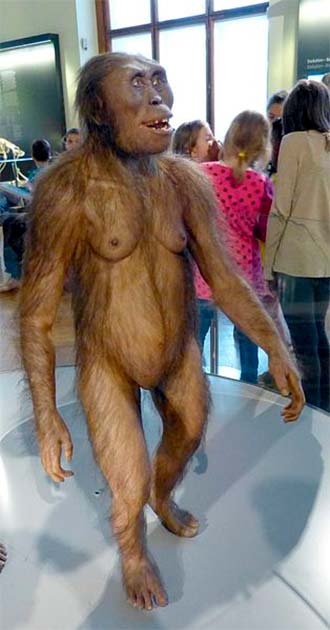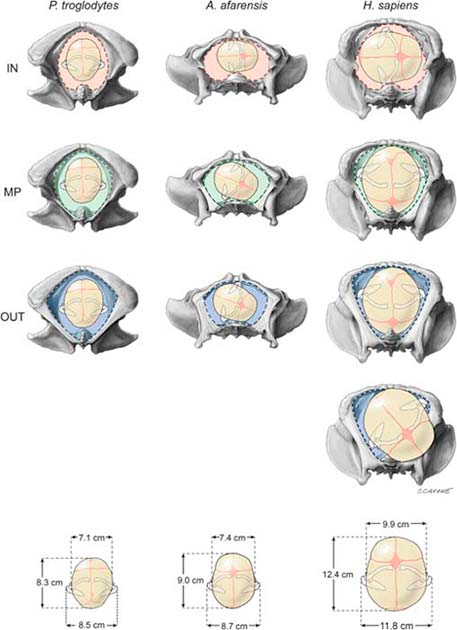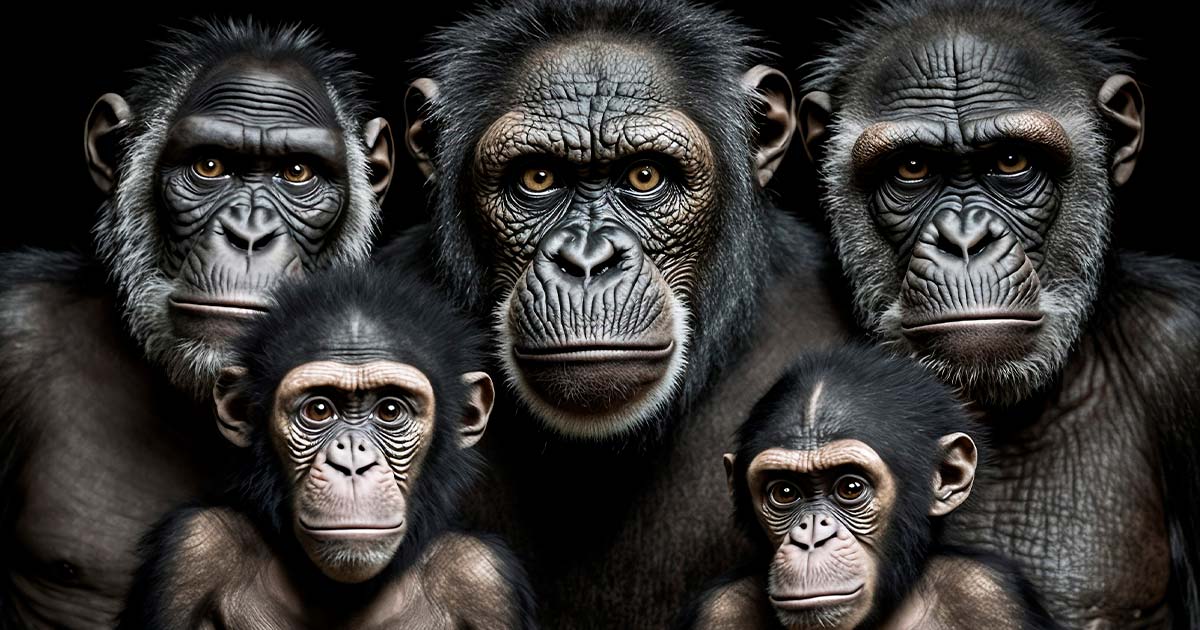The Evolution of Human Birth: An Incredible Story a Million Years in the Making
Australopithecus afarensis, a human ancestor could have given birth in a way that combines the childbirth practices of chimpanzees and human beings a team of scientists have claimed. They reported how this finding shed light on the evolution of human birth and how it evolved and paved the way for large brains. The scientists detailed their findings in the journal The Anatomical Record in April 2017, and followed up with a further paper on the subject in 2019.
Revealing Information about Hominin’s Childbirth
The study revealed how the ancient relative of mankind known as "Lucy" could have given birth in a way that combines how chimpanzees and humans give birth, with newborns going through a bit of tilting in the birth canal as they were born. "What we found with Lucy was very much in between that of chimpanzees and humans," the study’s lead author Jeremy DeSilva, a paleoanthropologist at Dartmouth College in Hanover, New Hampshire, told Live Science .
- The Death of Lucy: Has a 3.2 Million-Year-Old Mystery Finally Been Solved?
- Where Royals Were Born: The 1,000-Year-Old Kukaniloko Birthing Site of Hawaii

The Hidden Treasures of Ethiopia’ exhibit at Houston Museum of Natural Science featuring a model of “Lucy.” (Jason Kuffer/CC BY NC ND 2.0)
More interestingly, the scientists also noticed that there was a tight fit between the infant A. afarensis and its birth canal. This could mean that their species may have had complications during labor just like contemporary humans - and thus the presence of a midwife was probably much needed. As DeSilva said:
"Because their mechanism of birth would benefit from having helpers, it paints a picture of Australopithecus as a much more social animal, perhaps helping one another out during childbirth. The origins of midwifery may very well extend back over 3 million years."

An Australopithecus afarensis' family. (Public Domain)
Personal Experience Adds to Research on the Evolution of Human Birth
Lucy, an Australopithecus afarensis, is one of the first known relatives of mankind and her species body’s structure was designed for walking upright. Previous research of how early hominins gave birth usually emphasized the baby's head and the mother's pelvis and ignored the newborn's shoulders.
In this study, however, DeSilva and his colleagues noticed that humans and apes have broad, inflexible shoulders, while early hominins appear that they did as well. Personal experience helped DeSilva to examine the role that infants' shoulders played in early hominin birth. As he stated:
"With the birth of my own children, I started to get very interested in how Australopithecus gave birth and parented their children millions of years ago.”
He also told Live Science this study focuses on the newborn’s shoulders and not its head:
“…the width of the shoulders has been considered in an attempt to reconstruct childbirth in early hominins. I'm excited anytime we can take these old fossils and bring them back to life and reconstruct what our ancestors and extinct relatives were doing.”

A reconstruction of a female A. afarensis. Findings show some similar aspects in the evolution of human birth. (Wolfgang Sauber/CC BY-SA 4.0)
A Hominin Infant Would Tilt Only a Tiny Bit Compared to a Human Baby
By examining their models, the scientists noticed that, just like it happens with humans, an infant A. afarensis probably entered the birth canal sideways. Theoretically, however, a baby A. afarensis would not have to tilt too much to make way for its shoulders as its head slid down the birth canal, like for example a human baby’s head has to rotate 90 degrees during childbirth. DeSilva explained to Live Science:
"I think we have a tendency to think about Australopithecus and about Lucy as being quite ape-like. Sure, they walked on two legs, but in most other ways, we imagine them to be like modern apes. For some aspects of their life, this is probably true, but in terms of childbirth, our findings would suggest that they were more like us — not exactly like us, but more like us."
- Fossil Find Reveals New Species of Early Human - Origins of Modern Man Gets Crowded
- The Bizarre Phenomenon of Coffin Births

Hypothesized mechanism of birth in Australopithecus afarensis compared with birth in Pan troglodytes and Homo sapiens. (Scavone, after Tague and Lovejoy)
In conclusion, the findings of the study indicate that the progress and evolution of rotation during birth probably took place in two different stages. First, after hips designed for upright walking evolved, infants began rotating a bit in the birth canal so it could fit the head and shoulders. After, as brains would grow bigger in the human species, full rotation eventually started taking place during childbirth.
Committed to continuing his research, in 2019 DaSilva released a paper on the examination of Australopithecus sediba, revealing both similarities and differences with the birthing journey compared to modern humans.
Top Image: Representation of an Australopithecus family. The evolution of human birth takes us back to Australopithecus afarensis like “Lucy” that may have required some help in childbirth. Source: Andrii/Adobe Stock


















Comments
Nor do I and I am the scientist who led the team that worked on this study. We did not find a "mask"-- I have no idea what that even means. We studied the geometry of the preserved pelvis from "Lucy"-- a female Australopithecus, and inferred from dimensions of a hypothesized infant (modeled after a chimpanzee infant) how the baby's head and shoulders would have been able to fit through the birth canal. The study did not involve a "mask". The author should remove that sentence, but I have not been able to find a contact for Theodoros Karasavvas.
I do not understand the first phrase in the story regarding a "mask":
"A team of scientists claim that they have found a mask depicting an Australopithecus afarensis"
Is this just clickbait????
While blackness in people seems to be an adaptation to fierce sunlight, even very black people gradually lighten in a temperate climate. It isn't racist to show early Man as having dark curly hair and complexion. On the evolution of early man, it is likely that most of this took place in equatorial regions, and a certain degree of brownness is a survival traT
They cannot all have been dark because when food supplies north and south of their development areas were more advantageous, and they moved, perhaps sickle cell anaemia was in the blood and many would die until that died out. Those from the forests would benefit because they would be less brown and more red haired, and breeding with the red haired Neanderthals would have strengthened the species. Racial difference is neither negative or classist. It is a purely physical response to different conditions a species needs to adapt to for survival.
This is just an idea and not founded in any practical research but someone might like to consider this in their own research..
Perhaps they are going by the Out Of Africa Theory and thinking that if they came from Africa, they must be black. Not necessarily agreeing with them, merely theorizing
Its about sunshine and melanin - nothing new. These human ancestors evolved in Africa, not Greenland.
Pages